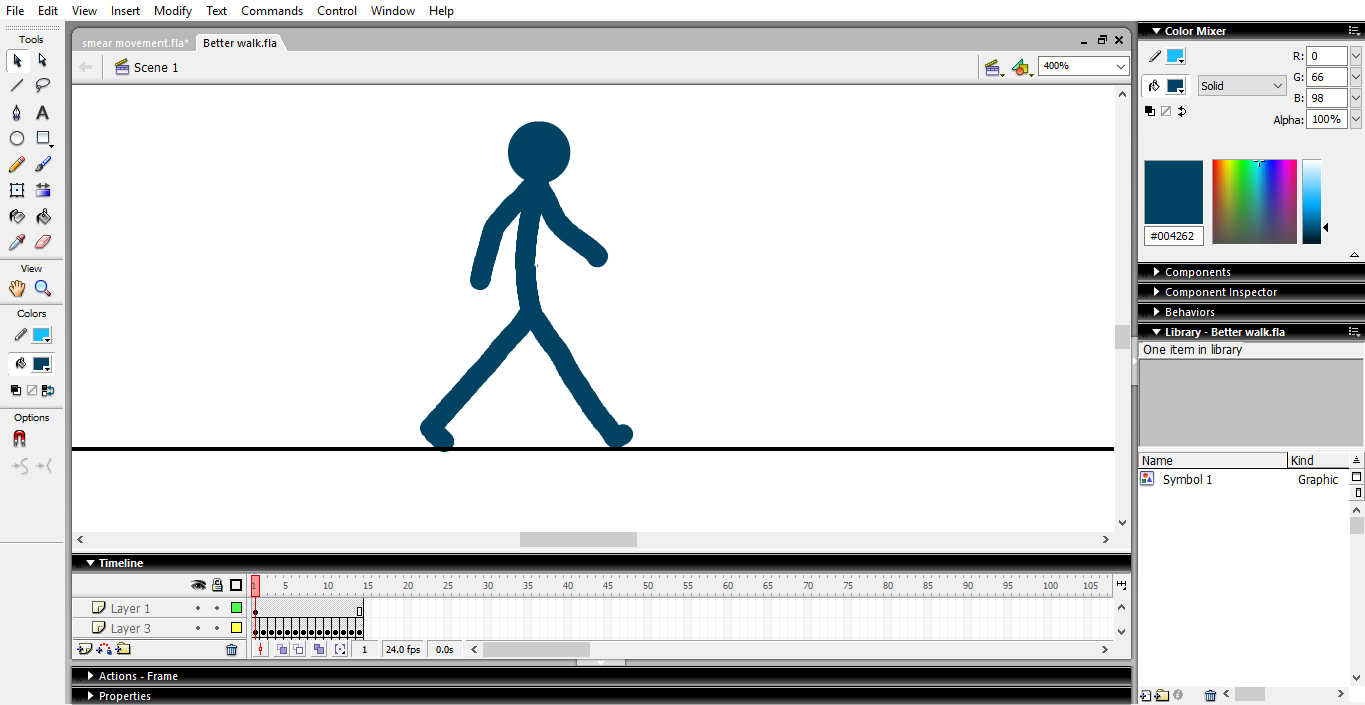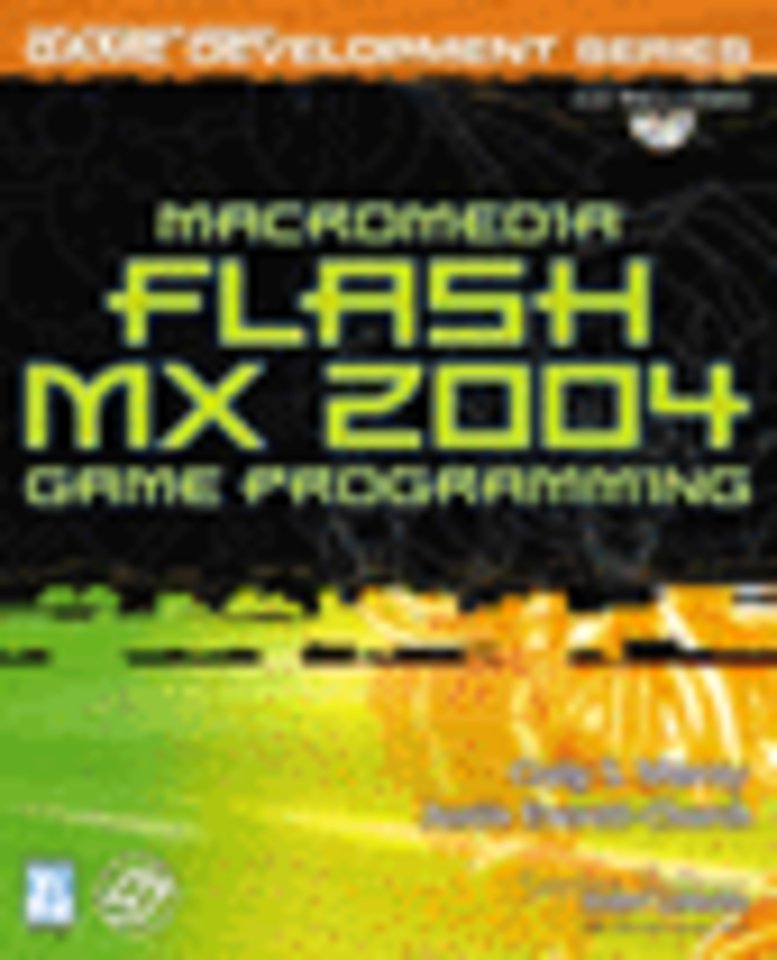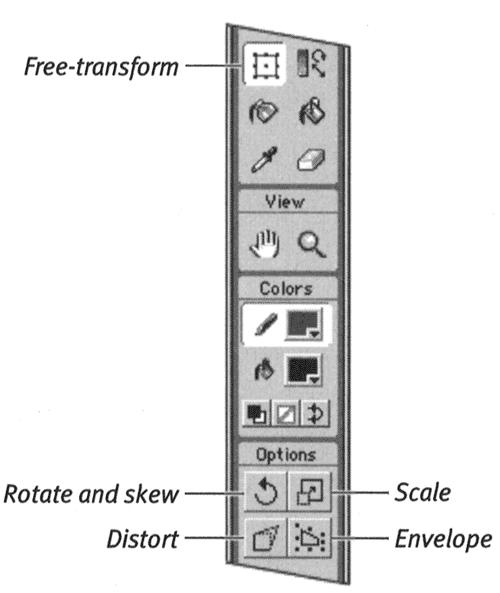

This makes it much easier than it was before to find a script attached to an object. The navigator first lists the current selection, then the objects in each scene, then the objects in the library. The script navigator on the lower left side of the panel helps you to navigate among scripts attached to the different objects in your movie: In addition, Flash’s Intellisense helps you select acceptable events, methods, and properties by giving you choices in a pop-up menu: When you insert one of these items, Flash automatically adds the necessary syntax elements, like parentheses for arguments or parameters and curly braces for the beginning of a function or event handler. Both the Actions toolbox and the Add new item button organize actions the same way, grouping them into global functions, global properties, statements, operators, and so on. Or, if you need help with the syntax or parameters for a particular action, you can select the action from either the folders in the Actions toolbox or from the menu available from the Add new item button. There are three ways to add actions in the Actions panel: First, you can simply type the code. This is where you’ll be spending the majority of your time in this tutorial, as you write, revise, and debug scripts.


To display the Actions panel, open the Window menu and select Development Panels and then Actions, or press F9 on your keyboard: Instead of expert and normal modes, the panel offers only one mode, which has an Actions toolbox and a script navigator on the left side. We begin by introducing you to the Actions panel, which has changed somewhat in Flash MX 2004.
#Free flash mx 2004 how to
Finally, we introduce you to the XML class, where you learn how to build a simple data front-end that lets users display and manipulate XML data. Then you learn how to send and receive data by developing a feedback form users can submit to your web site. The first is a simple Asteroids-type video game, which gives you practice using event handling, variables, conditional statements, loops, functions, and a number of methods available to the MovieClip and Sound objects, among others.
#Free flash mx 2004 free
This free tutorial introduces you to basic programming concepts in the context of ActionScript 2.0 syntax, and then explores common events, methods and properties of ActionScript objects as you develop two complete sample applications.

Over time, Flash has evolved into a powerful tool whose real potential for application development can only be realized using ActionScript. This includes implementation of classes and subclasses, as well as strict data typing. ActionScript 2.0 is more object-oriented, with standard terminology that will be familiar to object-oriented programmers. In Flash MX 2004, a new version of ActionScript, ActionScript 2.0, has been introduced. It’s used to add more complex effects and interactivity to movies than can be created just by using the interface tools. Macromedia Flash MX 2004 ActionScript 2.0 Tutorial and Free Online Training CourseĪctionScript is Macromedia Flash’s scripting language.
#Free flash mx 2004 for free
Learn ActionScript for free using our tutorial.


 0 kommentar(er)
0 kommentar(er)
